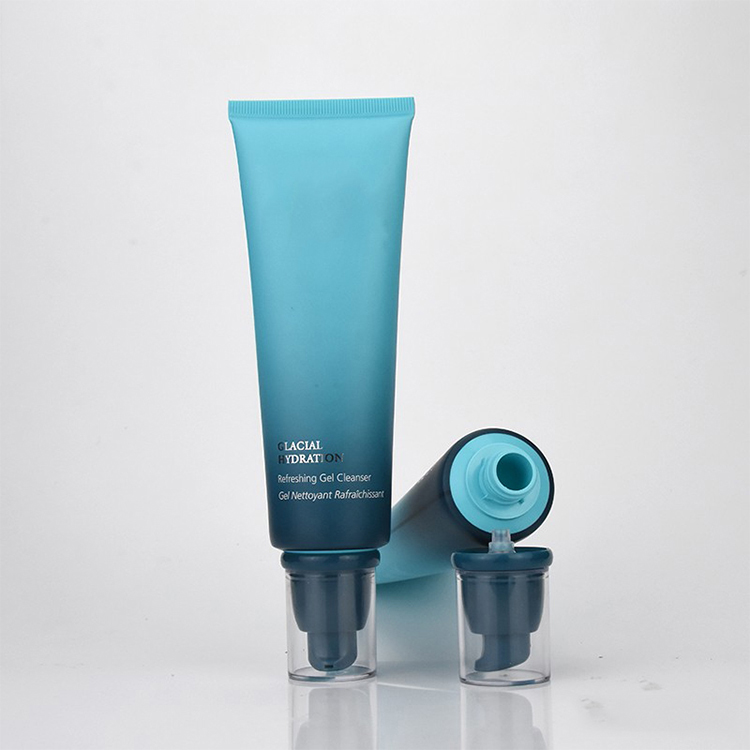The use of tubes in the packaging industry is prevalent across various sectors, offering numerous advantages that contribute to the effectiveness, convenience, and appeal of products for both manufacturers and consumers. Whether utilized for packaging personal care products, pharmaceuticals, food items, or industrial materials, tubes serve as versatile and practical containers with a wide range of benefits.
Packaging and Dispensing: Tubes are widely employed in the packaging of a diverse array of products due to their versatility and functional design. They provide a secure and convenient container for housing various formulations, including creams, lotions, ointments, adhesives, and more. The design of tubes allows for precise and controlled dispensing of the product, facilitating easy application without the need for direct contact with the contents.
Furthermore, the airtight and sealed nature of tubes effectively preserves the quality and integrity of the enclosed products, protecting them from exposure to air, moisture, and contaminants.
Consumer Convenience: The user-friendly design, often featuring flip-top caps, screw-on lids, or applicator tips, enables effortless dispensing and application, making them highly appealing for a wide range of consumer goods.
TYPES OF TUBES IN THE PACKAGING INDUSTRY:
Plastic Tubes: They are made from materials such as HDPE (high-density polyethylene), LDPE (low-density polyethylene), and PP (polypropylene). Plastic tubes are lightweight, durable, and offer excellent barrier properties, making them suitable for a wide range of products, including cosmetics, personal care products, pharmaceuticals, and food items. They can be manufactured in various shapes and sizes to accommodate different product formulations and dispensing mechanisms.
Aluminum Tubes: They provide an effective barrier against light, oxygen, and moisture, ensuring the stability and integrity of the enclosed products. Aluminum tubes are lightweight, non-toxic, and recyclable, making them a sustainable packaging option. These tubes are often used for products that require extended shelf life and protection from external factors.
Laminated Tubes: Laminated tubes consist of multiple layers of materials, typically including plastic, aluminum, and barrier films. These tubes offer enhanced protection and barrier properties, making them suitable for products that are sensitive to external factors. Laminated tubes are commonly used for lotions, gels, and various cosmetic and personal care products.
In conclusion, the use of tubes in the packaging industry provides numerous advantages, including product protection, convenience, customization, and sustainability. As consumer preferences and sustainability expectations continue to shape the industry landscape, the role of tubes as practical and versatile packaging solutions will remain paramount in meeting the evolving needs of consumers and fostering sustainable practices within the industry. By leveraging the advantages of tubes effectively, manufacturers can enhance the appeal, practicality, and environmental responsibility of their products, contributing to a positive consumer experience and sustainable packaging solutions.
Post time: Jan-25-2024


